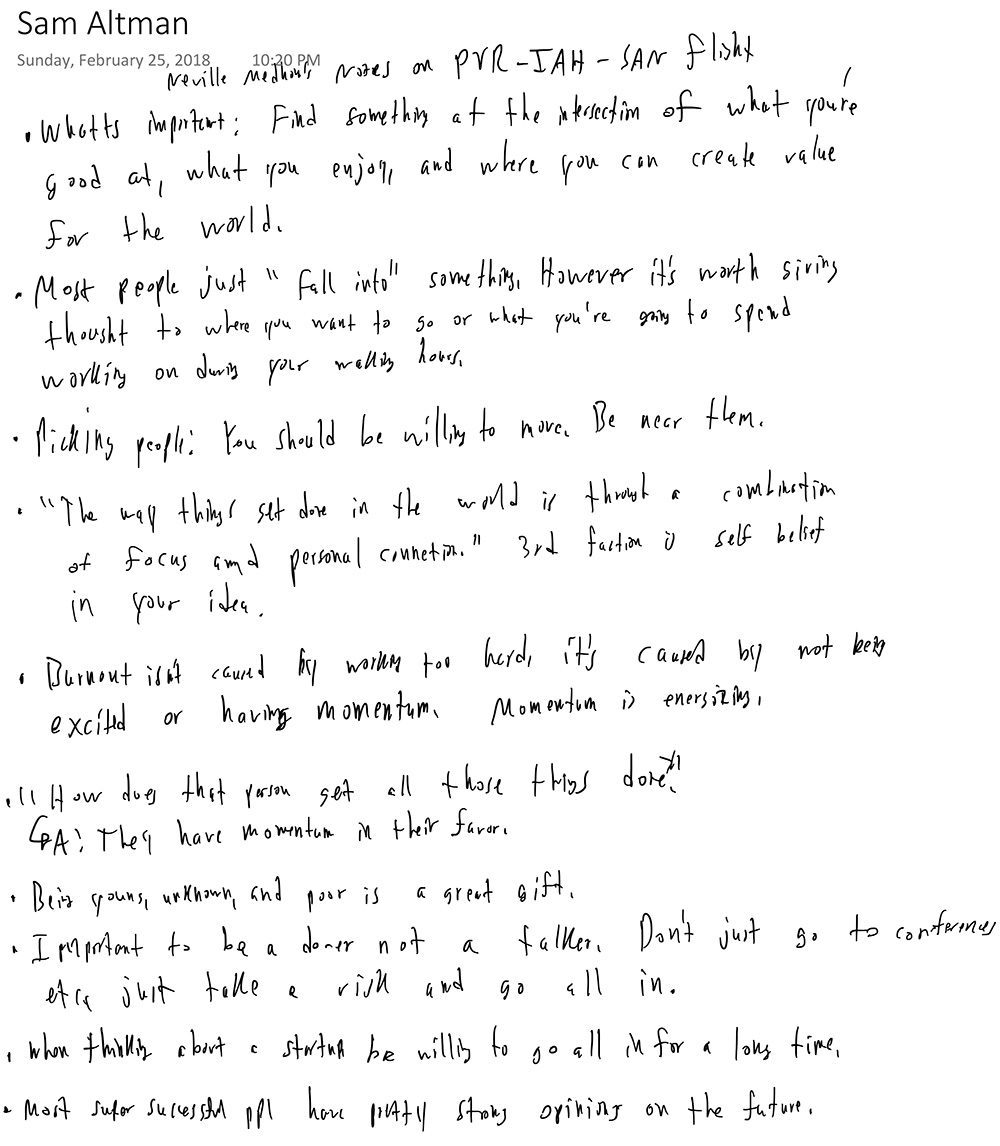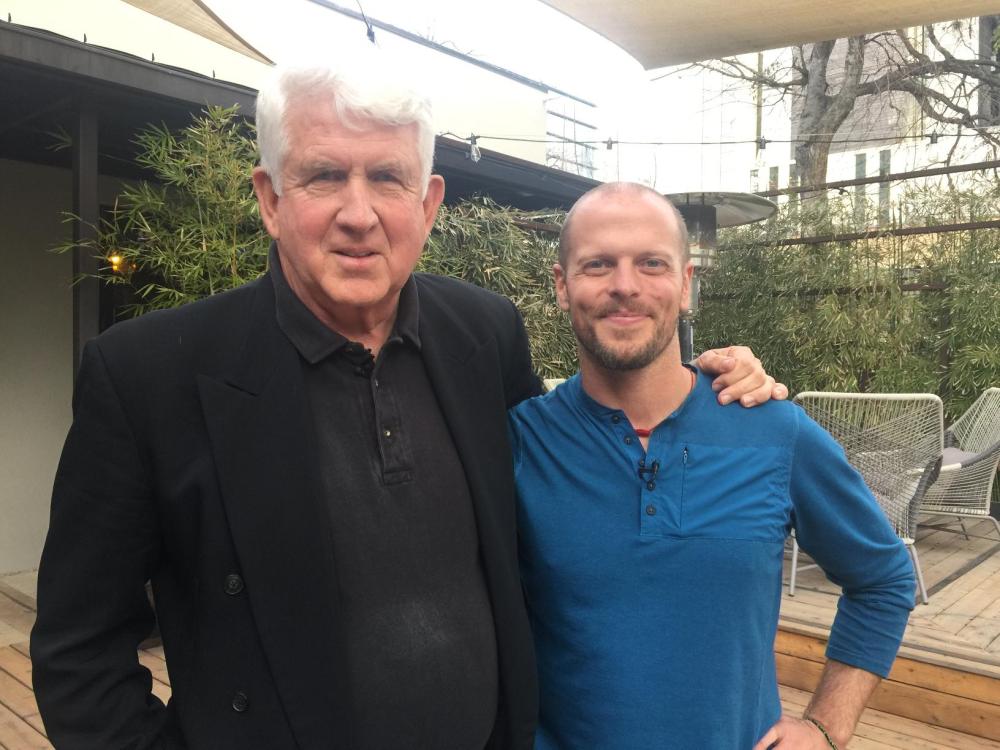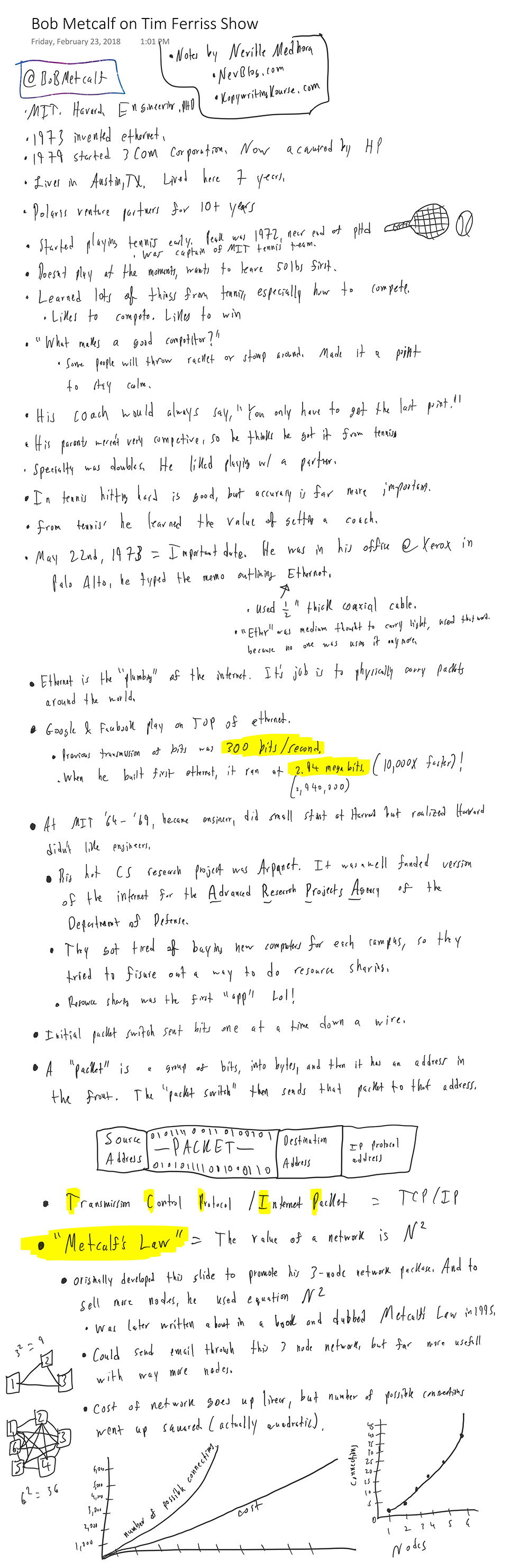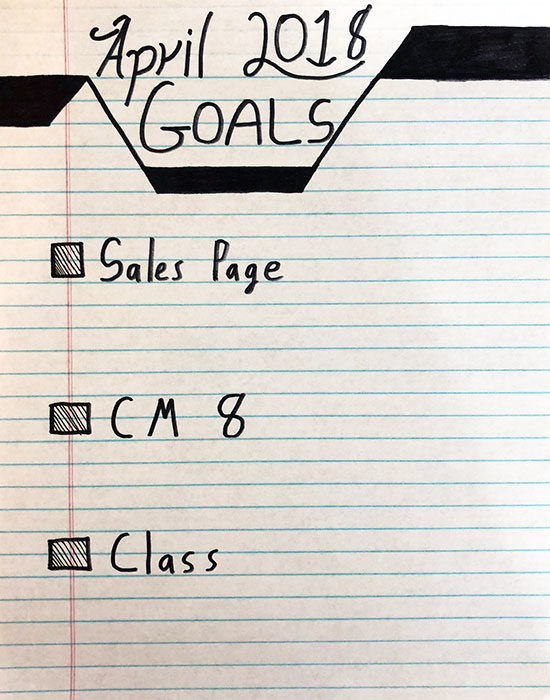
March 2018 Re-Cap
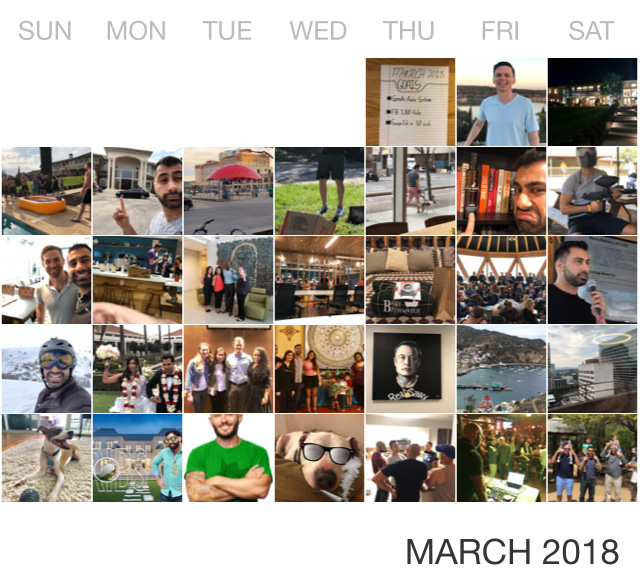
Baby Bathwater 2018 Conference Notes


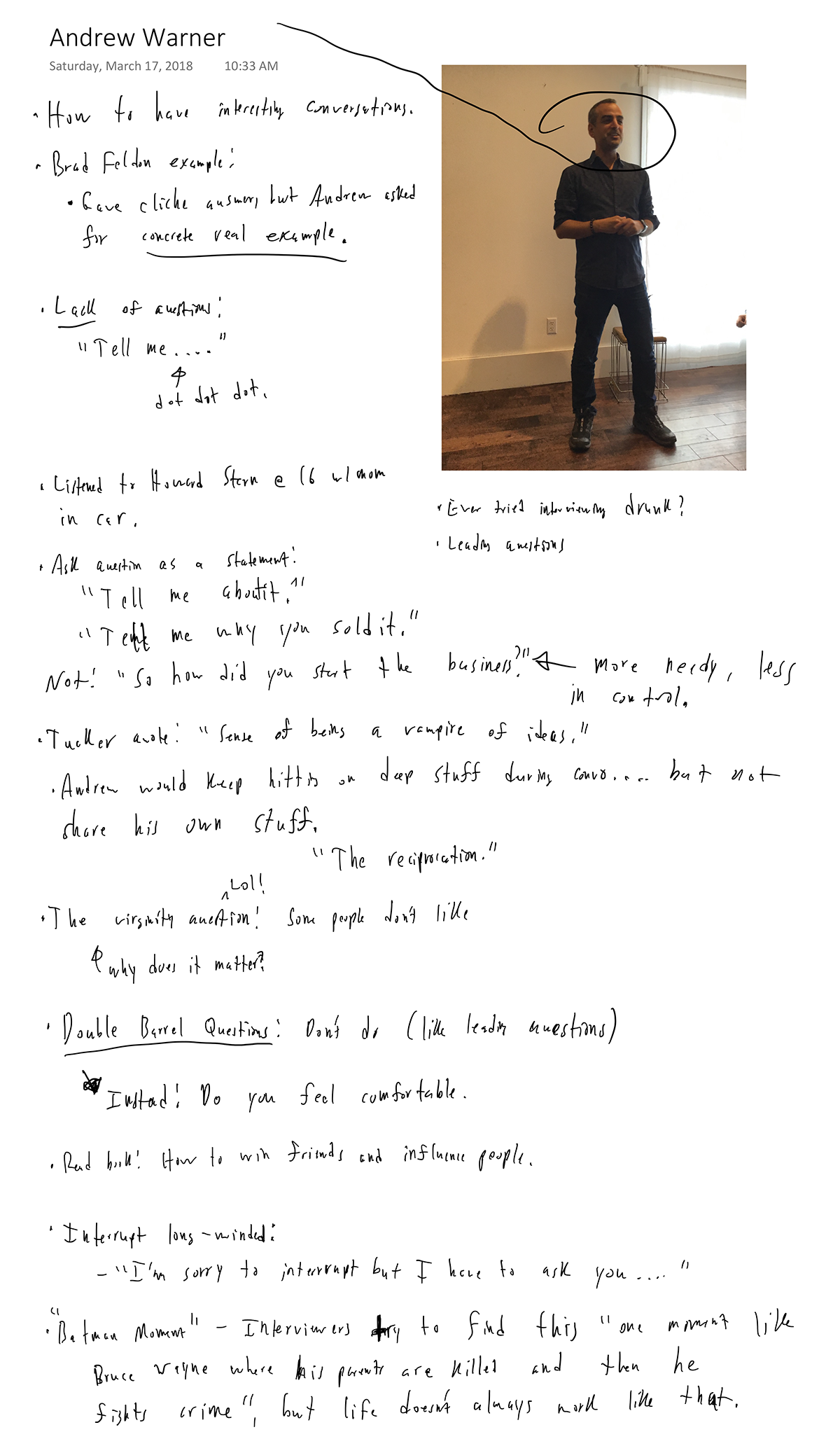





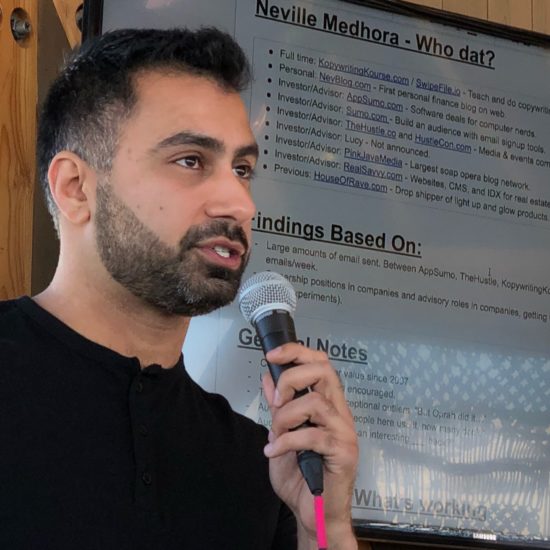




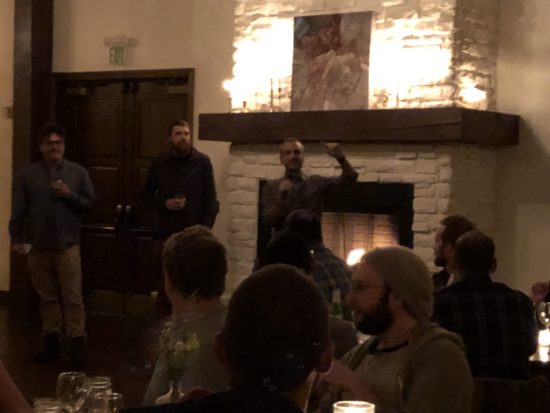
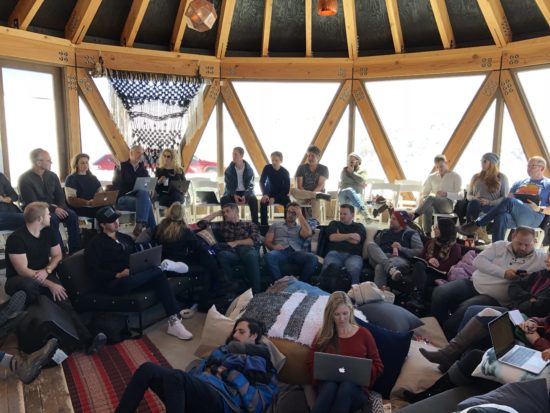
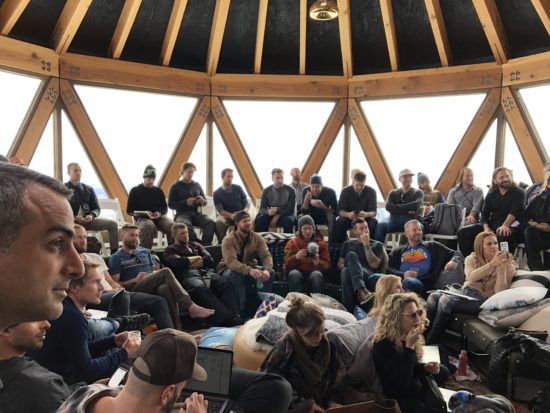
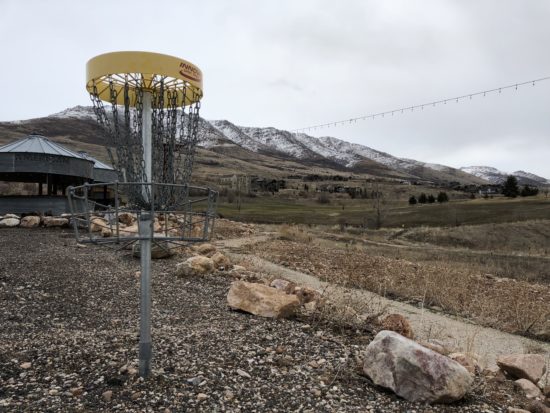
We rented a 16,000 sq ft place and it was dope
Bunch of entrepreneur friends (organized by my friend Billy) rented a giant lake house outside Austin:


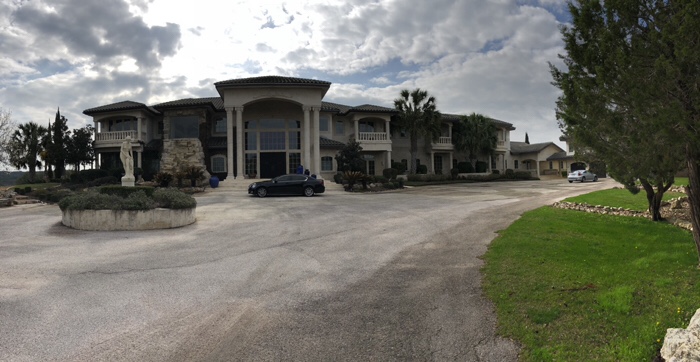
It was hard to actually take a picture of the whole house (AND there’s another part that snakes around the other way you can’t see)!


I was the resident piano player:


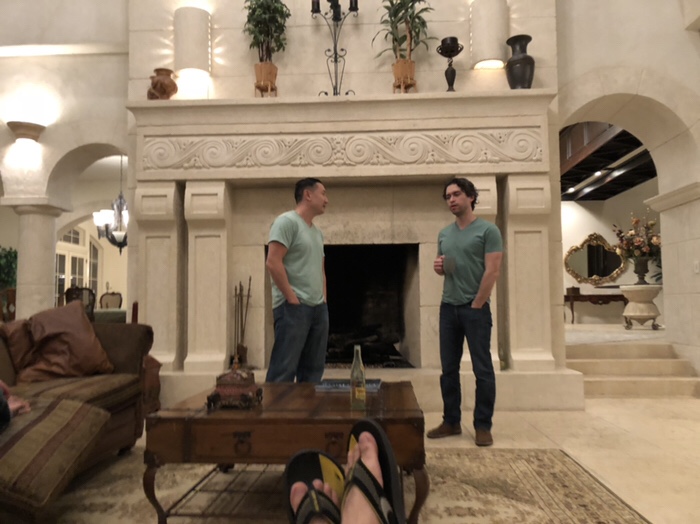
We organized a “Whim Hoff” breathing session that ended in everyone taking turns spending 2 minutes in an ice bath….it was meh.
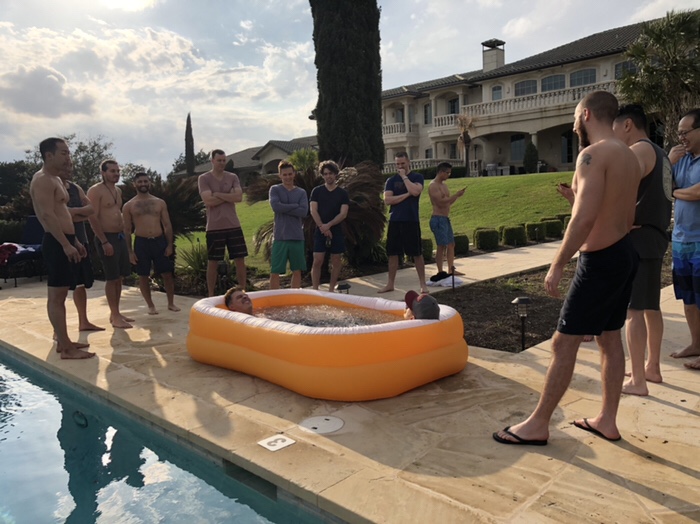
All meals were cooked by two chefs:

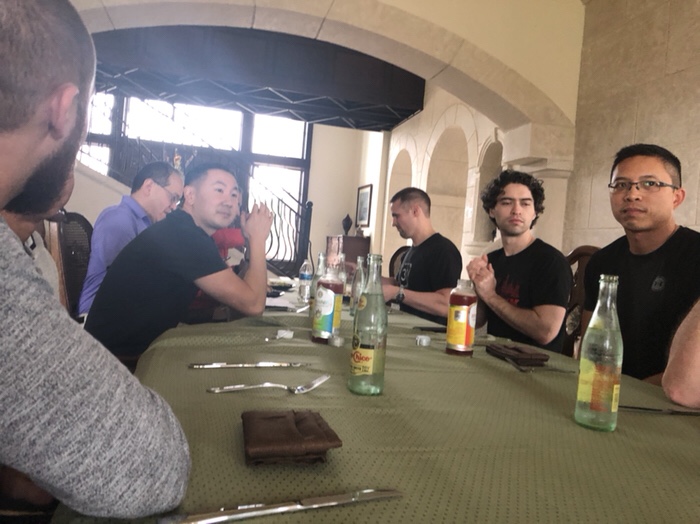
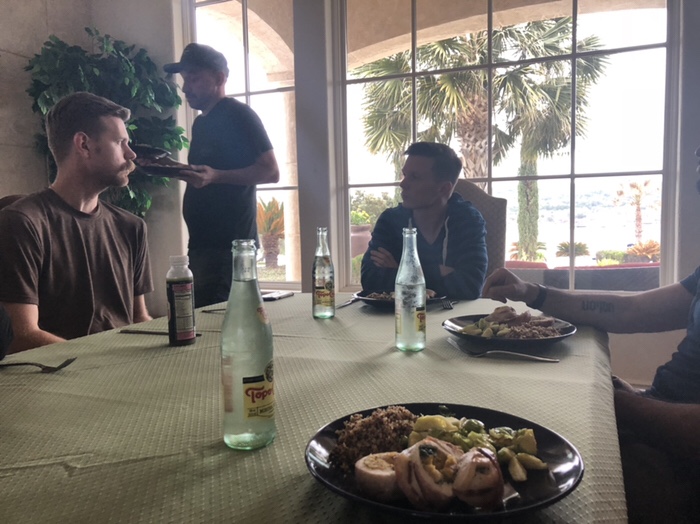

Went paddle boarding every morning:
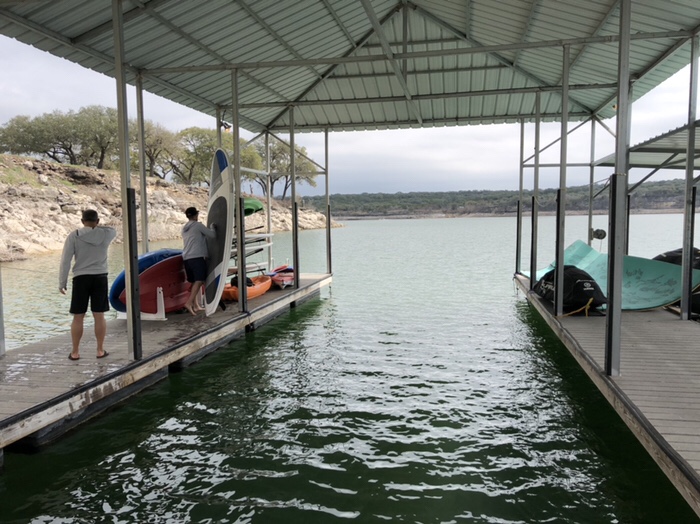
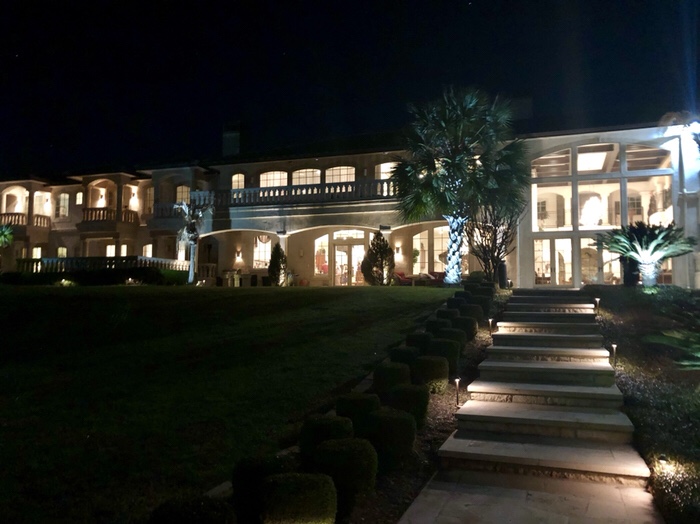
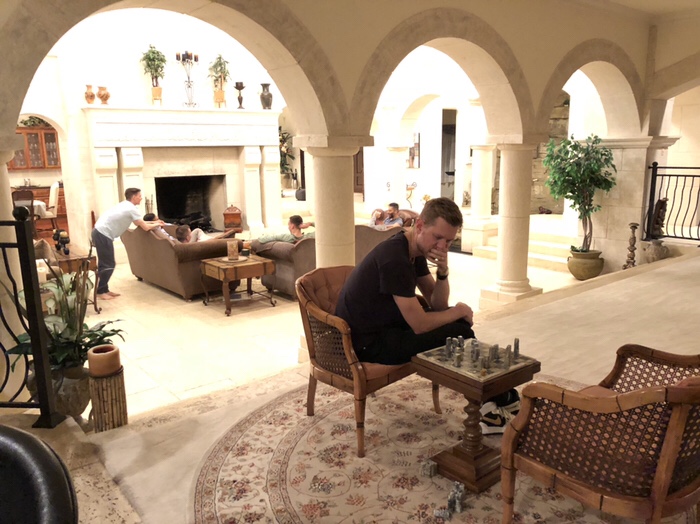

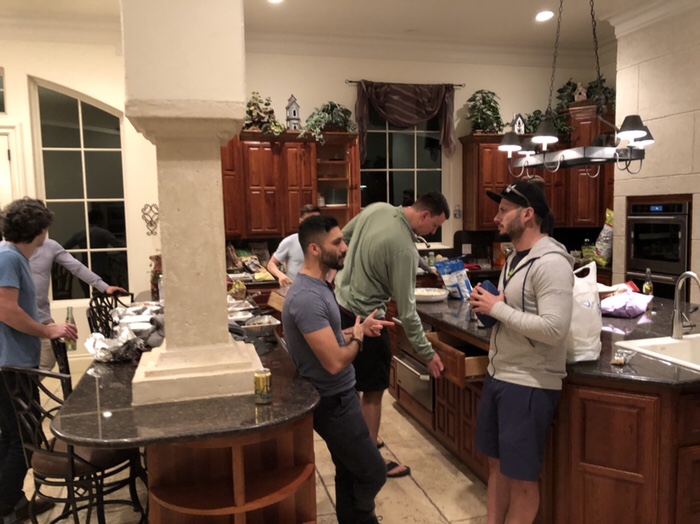


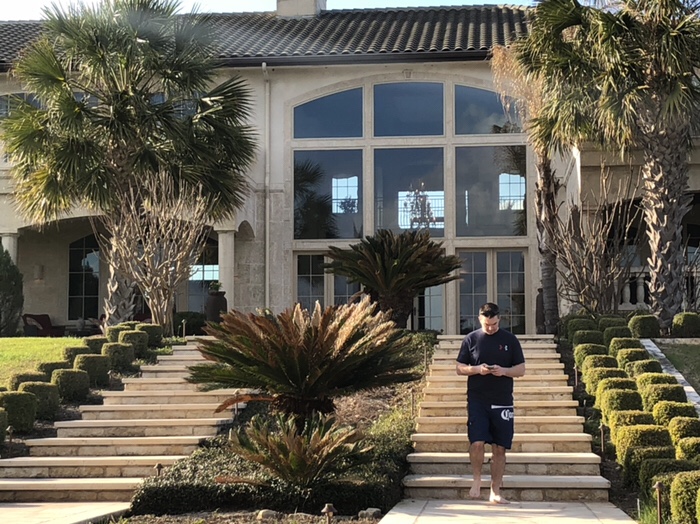
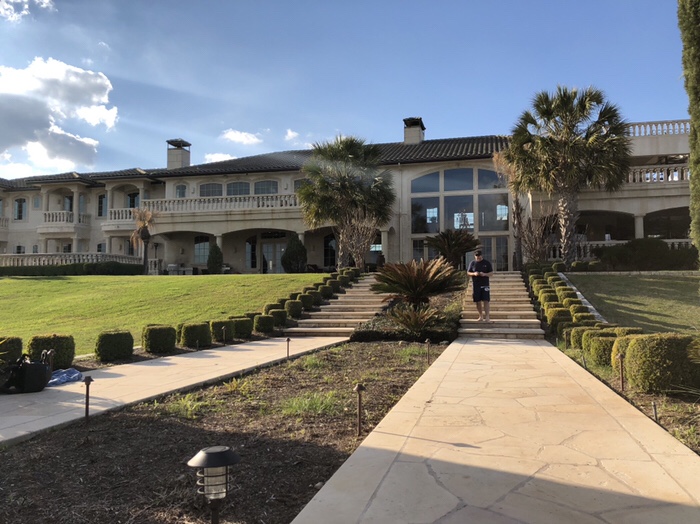
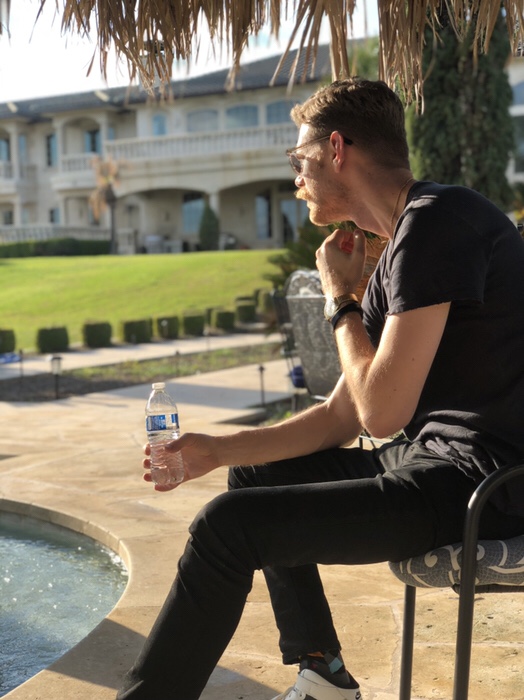


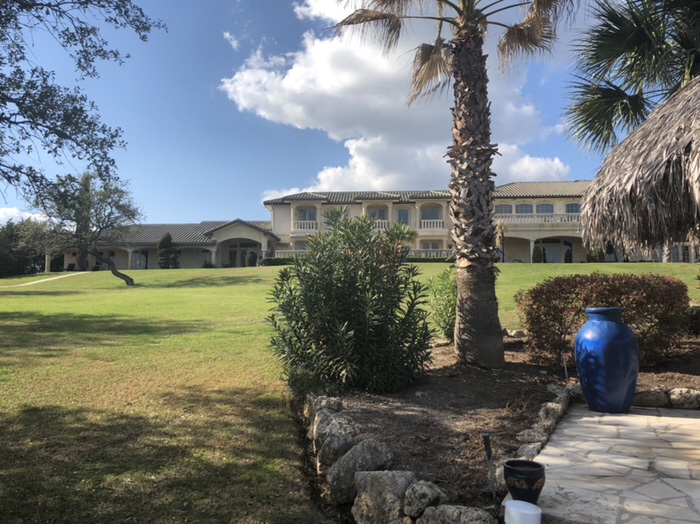


My room opened up to this awesome balcony area:
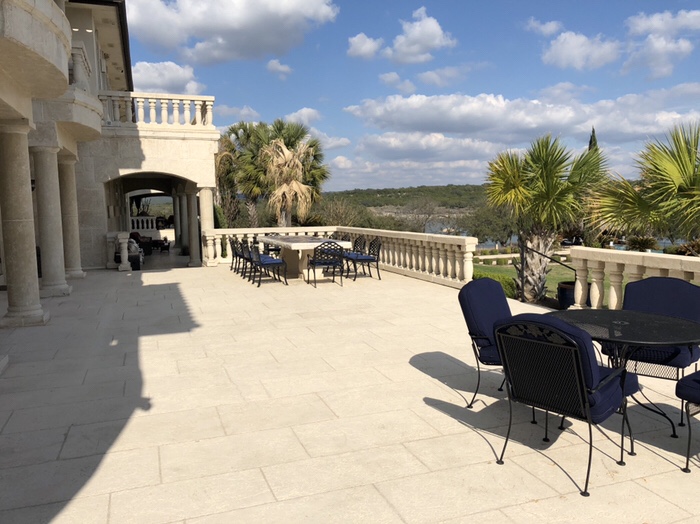


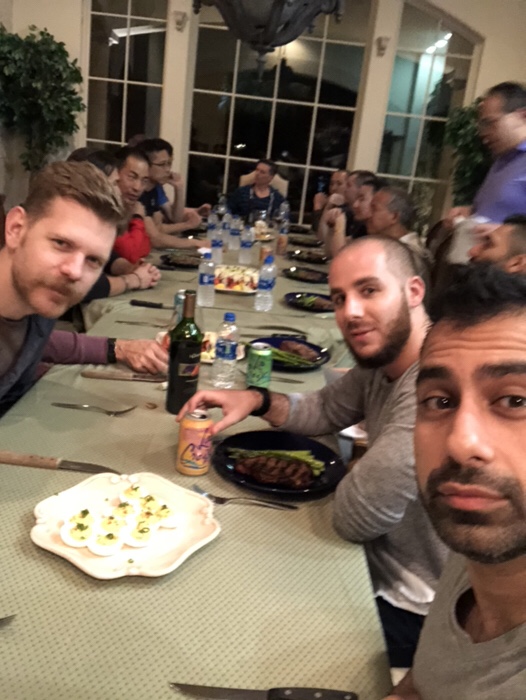
March 2018 Goals
Here are the goals for March 2018:
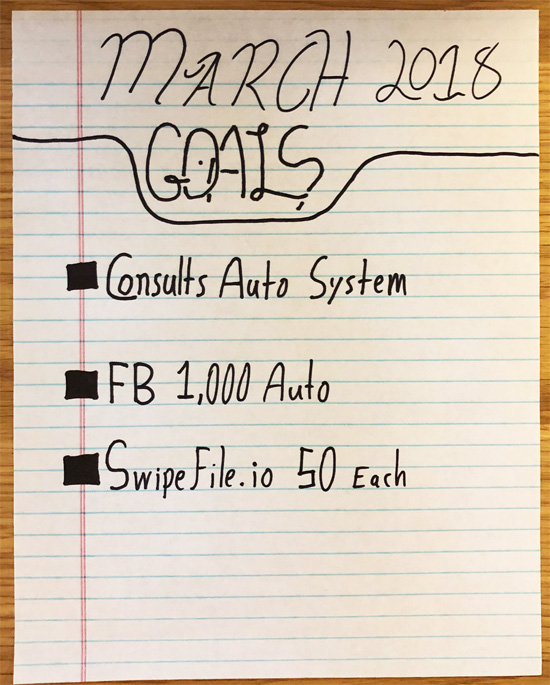
Consults Auto System: Already mostly implemented, but whole flow is automated, taking me out of the scheduling process and making it far easier to fit times in.
FB 1,000 Auto: FB stuff.
SwipeFile.io 50 Each: Adding 50 examples minimum to every swipe file section.
February 2018 Re-Cap
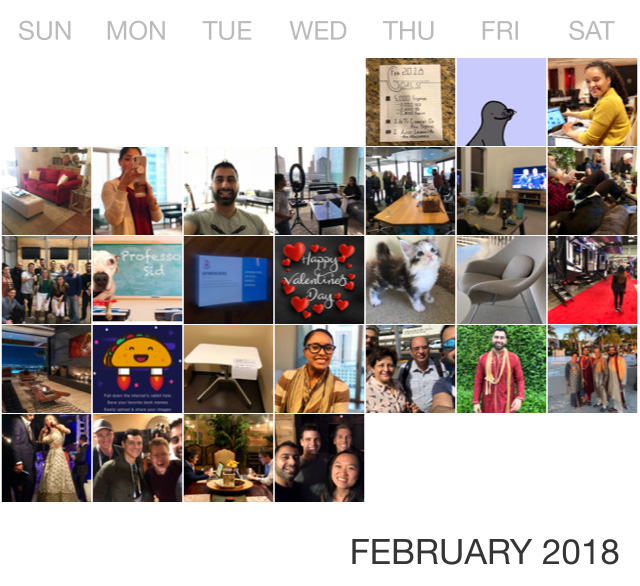
S and K Wedding in Punta Mita MX
Stayed at the awesome Punta Mita W Hotel for a super fun and nice wedding in Mexico:






















Notes – Sam Altman on Masters of Scale Podcast
Here’s my notes from the Masters of Scale Podcast featuring Sam Altman:
Notes taken on Mexico–> Houston–> San Diego flight by Neville Medhora.
*Interesting how Reid’s sponsor ads on the podcast are broken. 3 story based segments in beginning/middle/end.
- Reid Hoffman= founder of LinkdIn, investor at Greylock
- Sam Altman = Y Combinator starter accelerator, Airbnb Stripe, Reddit etc.
- Loves the utility of cargo shorts. “ You can carry a lot of stuff!”
- His deep fascination for tech history. Collects old swords, tech artifacts.
- “A product that is deeply loved by it’s users is a product that can scale.”
- “It’s more important to have 100 people who really love your product, then 1,000,000 that just sorta like it.”
- The love seed of scale starts with a teeny tiny group of people who are zealous-like in their loyaltys
- Sam often “pattern matches from history. Enjoys this that were major technologies– in their day, like hand combat weapons.
- Arrived a YC:
- Graduated from college. Initially planned to be an intern at Goldman Sachs
- Started “Loopt”… as an after-class project in 2005. A mobile app 2 years before iphone, so not much chance of success. Paul Graham was founder of Y Combinator, PC put out offer to your idea.
- Dominique Ansel- Chef that created CroNut. The craze grew orgarally. No marketing, just good product. He puts a huuuge amount of effort to keep the texture etc just right. After blesser wrote about it, 100+ people, then 200 etc. in line to set CroNut.
- Cannot re-create CroNut success, kind of a “hit” and can’t sustain.
- “The first step to scale, is to renounce your desire to sale.”
- “Focus on those happy few.”
- Sam got $6,000 and free dinners from YC in the 1st class of entrepreneurs.
- Loopt soon struck deals with At&T
- Sam shared stage w/ Steve Jobs in 2008 to into loopt on new App Store.
- Loopt acquired when was 26 for $43 million
- Loved being IN the trenches, Paul Graham said he was gonna retire (jokingly) and Sam should be president of Y Comb, He was 28.
His Mantra:
“Love is better than like.” Central mantra of YC
- If you look at the current bio co’s they tried to have fairly early fanatical users. “ You likely come across FB of google cause Friend told you about it.”
- Buuuttt, a lot of startups do this, but don’t always work.
- Learned from iPhones, the love was DEEP, They used them all the time and it became their most precious item. Even in poor countries they had nothing, but would sill get smartphone.
- “You gotta use the product it’s so great.”
- Good things to hear. Indicates might have scale
- Expencetial possibly
- Exceedingly hard to get there without making a few people enormously happy.
- You can’t “trick” users into loving your brand. Example: Spanx.
- Focused on users who were recruiting other users. Pre-internet influencer marketing.
- Many people try to scale with slick marketing campaign
- 2 kinds of scaling!
- The easy kind!
When you first have a product users super love. Then you can scale without having to generate demand. - The Hard Kind!
Try to start scaling before the product is great. Then most of your effort is trying to generate demand.- People don’t stick with someone they don’t love. You can cleverly hack your way to it, but it rarely sticks and sets harder.
- Add one narrow set of users, then go after another like Facebook slices of colleges. However main audience is outside that. Find initial user somewhere.
- Focused a lot of YC on hard tech (cars, energy, super sonic planes).
- “Boom” raised $51 mil to build a supersonic jet. People are all excited about it.
- It might be easier to start a hard company, and harder to start an easy company. Hard companies get more people excited about them.
- The aroutrit companies fewd to be the ones who are working on the bleeding edge of what people are working on.
- Ended out episode w/sword analogy that when Sam got his Bronze Era Sword he just couldn’t wait to use it.
Download these notes (and transcription) as a Google Doc:

Notes on Sam Altman – How To Build The Future Video
Took some notes on this Sam Altman video about building the future. It also has some great advice for young people (which I’m not that young so I didn’t take close notes on) 😂
Neville Medhora’s notes on PVR-IAH-SAN flight
- What’s important: Find something at the intersection of what you’re good at, what you enjoy, and where you can create value for the world.
- Most people just “fall into” something, however, it’s worth giving thought to where you want to go or what you’re going to spend working on during your working hours.
- Picking people: You should be willing to move. Be near them.
- “The way things set done in the world is through a combination of focus and personal connection.” 3rd faction is self belief in your idea.
- Burnout isn’t caused by working too hard, it’s caused by not being excited or having momentum, momentum is energizing.
- “How does that person get all those things done?”
- They have momentum in their favor.
- Being young, unknown and poor is a great gift.
- Important to be a dooer, not a talker. Don’t just go conferences etc. just to take a risk and go all in.
- When thinking about a starting be willing to go all in for a long time
- Most super successful people have pretty strong opinions on the future.
Download these notes (and transcription) as a Google Doc:

Notes – Bob Metcalf on Tim Ferriss Podcast
I took Notes on this episode with Bob Metcalf (founder of Ethernet, and cool dude that speaks to entrepreneurs here in Austin all the time):
Bob Metcalfe — The Man (and Lessons) Behind Ethernet, Metcalfe's Law, and More (#297)
Full Size JPG part 1
Full Size JPG part 2
- MIT. Harvard Engineering, PhD
- 1973 invented ethernet
- 1979 started 3 com corporation, Now acquired by HP
- Lived in Austin, TX. Lived here for 7 years
- Polaris Venture Partners for 10+ years
- Started playing tennis early, Peak was 1972, near end of PhD
- Was captain of MIT Tennis team
- Doesn’t play at the moment, want to leave 50 lbs first
- Learned lots of this from tennis especially how to compete
- Likes to compete. Likes to win.
- “What makes a good competitor?”
- some people will throw rackets or stomp around. Made it a point to stay calm
- His coach would always say, “You only have to get the last point!.”
- His parents weren’t very competitive so he thinks he got it from tennis.
- Specialty was doubles. He liked playing w/ a partner.
- In tennis hitting hard is good, but accuracy is far more important.
- From tennis he learned the value of getting a coach
- May 22nd, 1973 = Important date. He was in his office @Xerox in Palo Alto, he typed a memo outlining Ethernet.
- used 1/2″ thick coaxial cable
- “Ether” was medium thought to carry light, used that word because no one was using it anymore.
- Ethernet is the “plumbing” of the internet. Its job is to physically carry packets around the world.
- Google and Facebook play on top of ethernet
- Previous transmission of bits was 300 bits/second
- When he built the first Ethernet, it ran at 2.94 megabits.(2,940,000) (10,000x faster)!
- At MIT ’64-’69’, became an engineer, did a small stunt at Harvard but realized Harvard didn’t like engineers.
- Rig hot CS research project was apparent. It was a well funded version of the internet for the Advanced Research Projects Agency of the Department of Defense.
- They got tired of buying new computers for each campus, so they tried to figure out a way to do resources sharing.
- Resource sharing was the first “app” Lol!
- Initial packets switch sent bits one at a time down a wire.
- A “packet” is a group of bits, into bytes, and then it has an address in the front. The “packet switch” then sends that packet to that address.
- Transmission Control Protocol / Internet Packet = TCP/IP
- “Metcalf’s Law” = The value of a network is N2
- Originally developed this guide to promote his 3-node network packets. And to sell more nodes, he used equation N2
- Was later written about in a book and dubbed Metcalf’s Law in 1995
- Could send email through this 3 mode network, but far more useful with way more nodes
- Cost of the network goes up linear, but the number of possible connections went up squared. (actually quadratic).
- At MIT was first exposed to entrepreneur.
- Met Steve Jobs, Bob Noyce, Bill Hewlett etc in Palo Alto, and took away! “If this person can start a company, then so can I.” You can see their limitations.
- Xerox had a “charm school” that taught classes on business skills.
- Learned from Steve Jobs you need adult supervision. Steve Jobs wasn’t CEO of Apple till 20 years later.
- “You’d be surprised how many more order you get when you ask for them.”
- People often “redline” at certain stages.
- Bob went from $0- $1 mil/mo
- Another person $1 – $5 mil/mo
- Another person $5-billion
- People who operate on a different level. Different skill sets. 1 mil company different from $1 billion company. Some people have broad operating ranges some are narrow.
- Never fire anyone alone. Always have someone [like HR around] w/ you,
- Just tell them, It’s already been decided. They either switch roles within the company or leave.
- Don’t give too many reasons, Preferably 0. “If you give a reason you have a pen pal.”
- We’d like you to succeed and move to a different role.
- He doesn’t like the word “hiring.” He “recrafts.”
- The best people almost always have lots of options.
- Have 3 qualified candidates (and if you’re rapidly growing) hire all 3.
- Let them talk. Good salespeople often reverse conversation and make you like them, but then you learn nothing.
- In beginning no one knows what a personal computer was, or what internet was. So was hard to recruit. As time went on it was easy.
- Steve Jobs was enormously persuasive. Could win most arguments.
- Persuasiveness is about credibility, You can talk about missing and such, but they have to Belive you.
- Push recruiting to the people who will be working with that person.
- Tim’s example! “you can rate them 1-10, but not a 7 (it’s a lukewarm rating)
- Check references deeply. Backdoor references.
- Steve Jobs went to Bob’s wedding, everyone fanned our store.
- Most of what he said was defending his high standards.
- He was amazing at gratitude, made Bob feel special by sending a limo and saying thank you and photographs with huge flash attachments, for Pixar toy story release.
Network Effect” N2— It’s quadratic, not technically exponential.
- People confuse testimonials and word of mouth with network effect.
- It’s in my interest to get you to sign up.
- He likes saying “Ahoy” to greet
- Owns an island camp in Maine. w/ boats
Favorite book
- Altas Shrugged
- The Selfish Gene
- Urgency and Importance
- Absolutely must do now
- Stuff you forget — throw this list out
- Used to have an assistant, and they would schedule him for his meetings.
- Now he got rid of assistant and it naturally screens out tons of useless meetings
Download these notes (and transcription) as a Google Doc:


